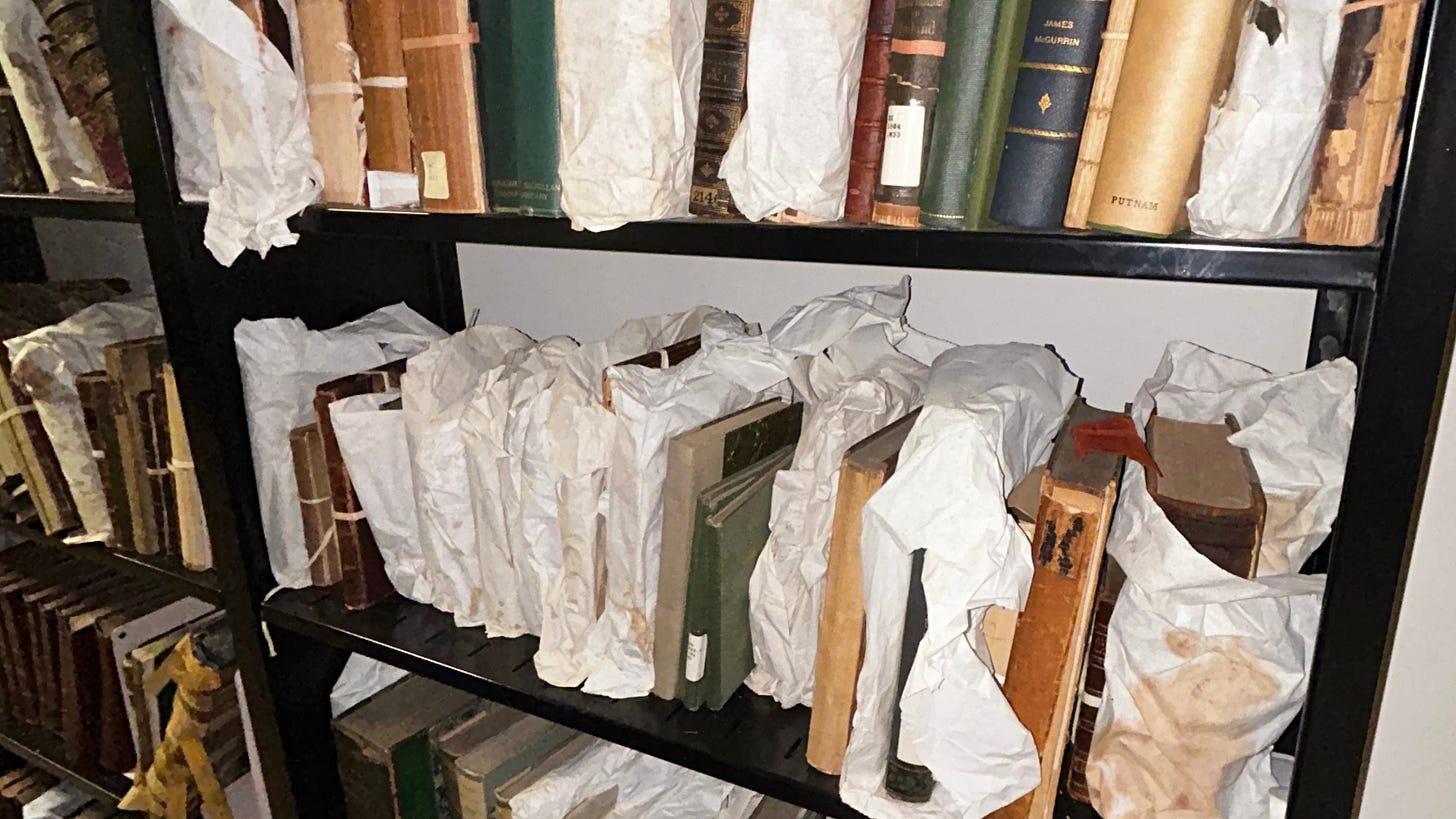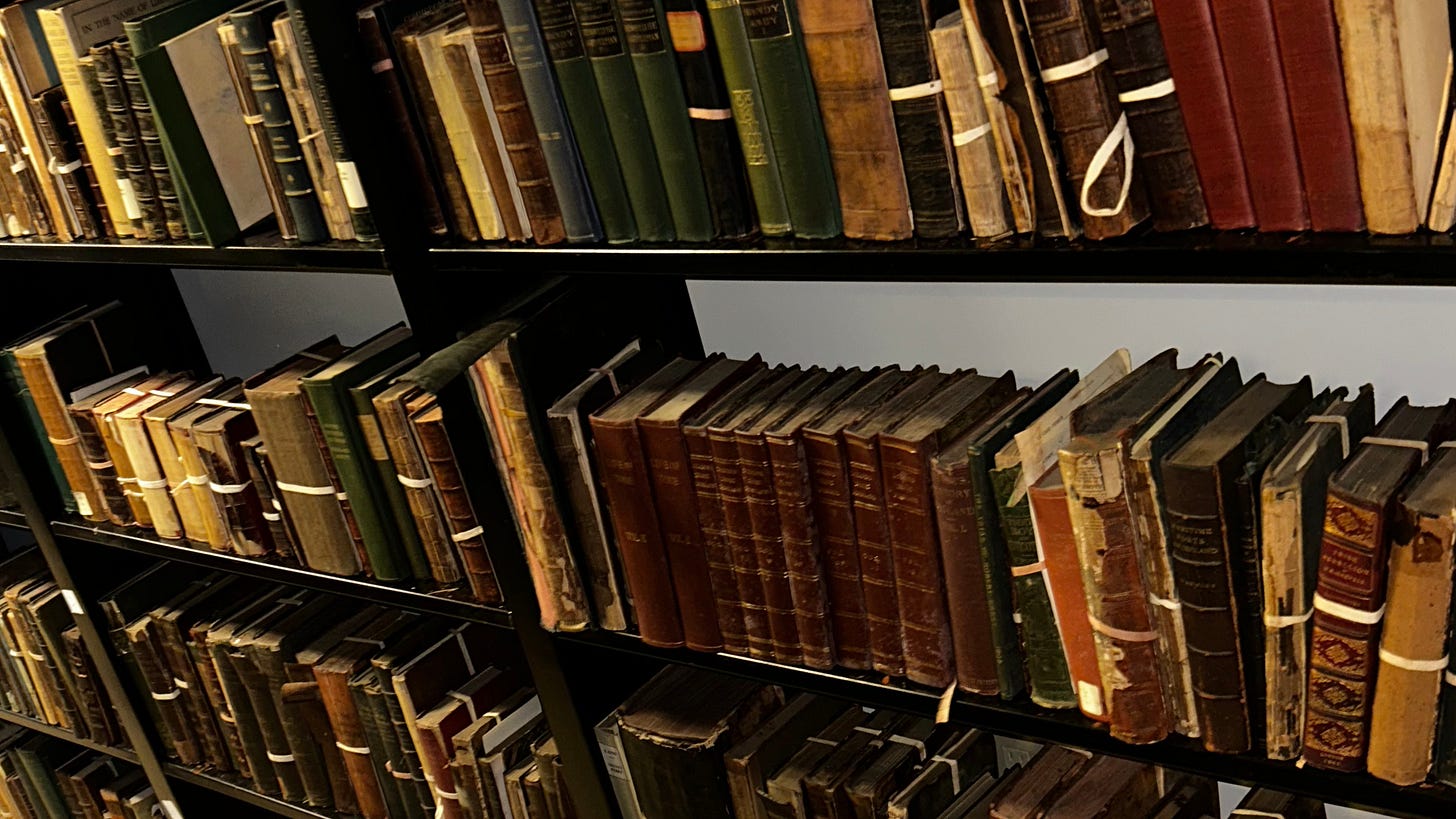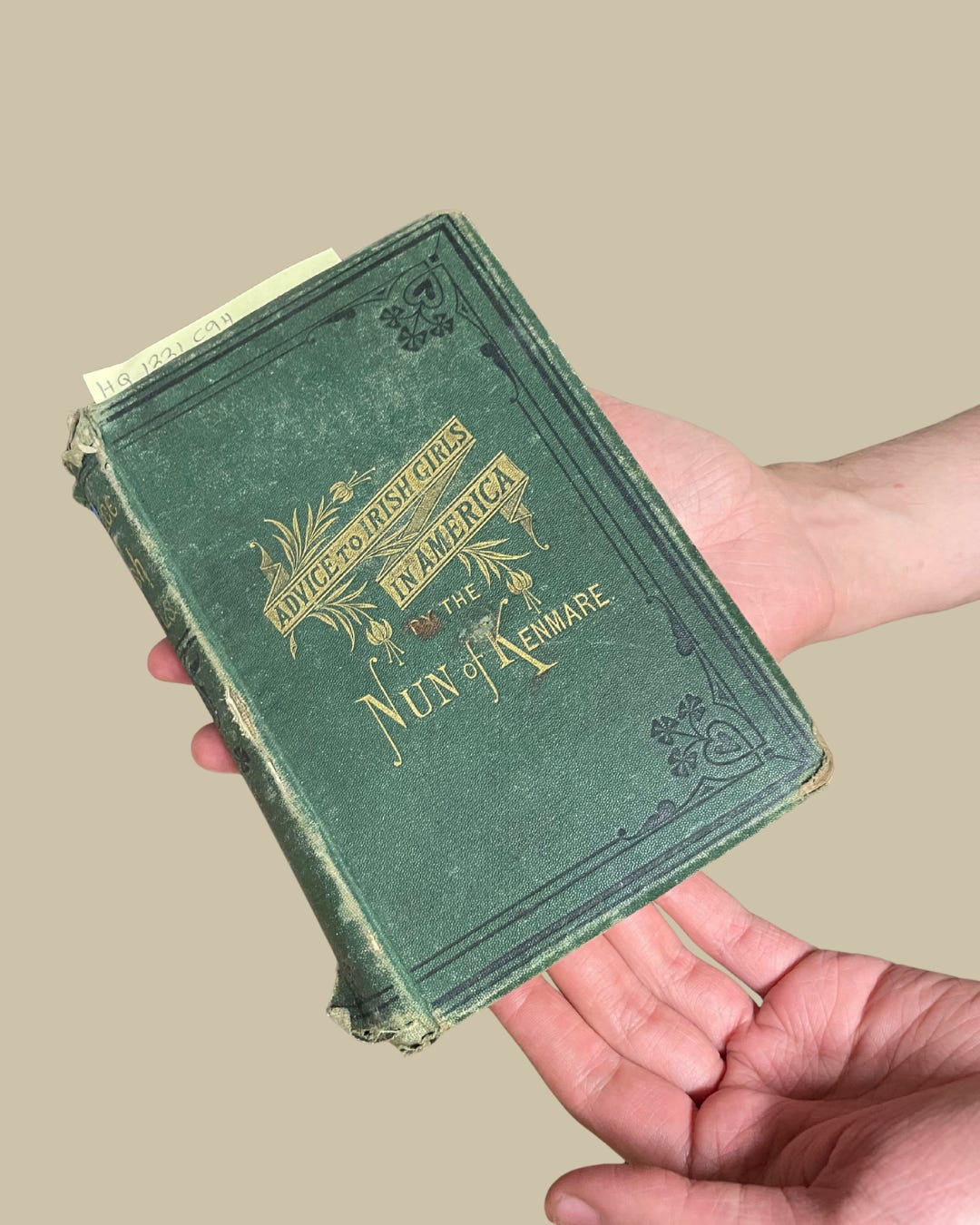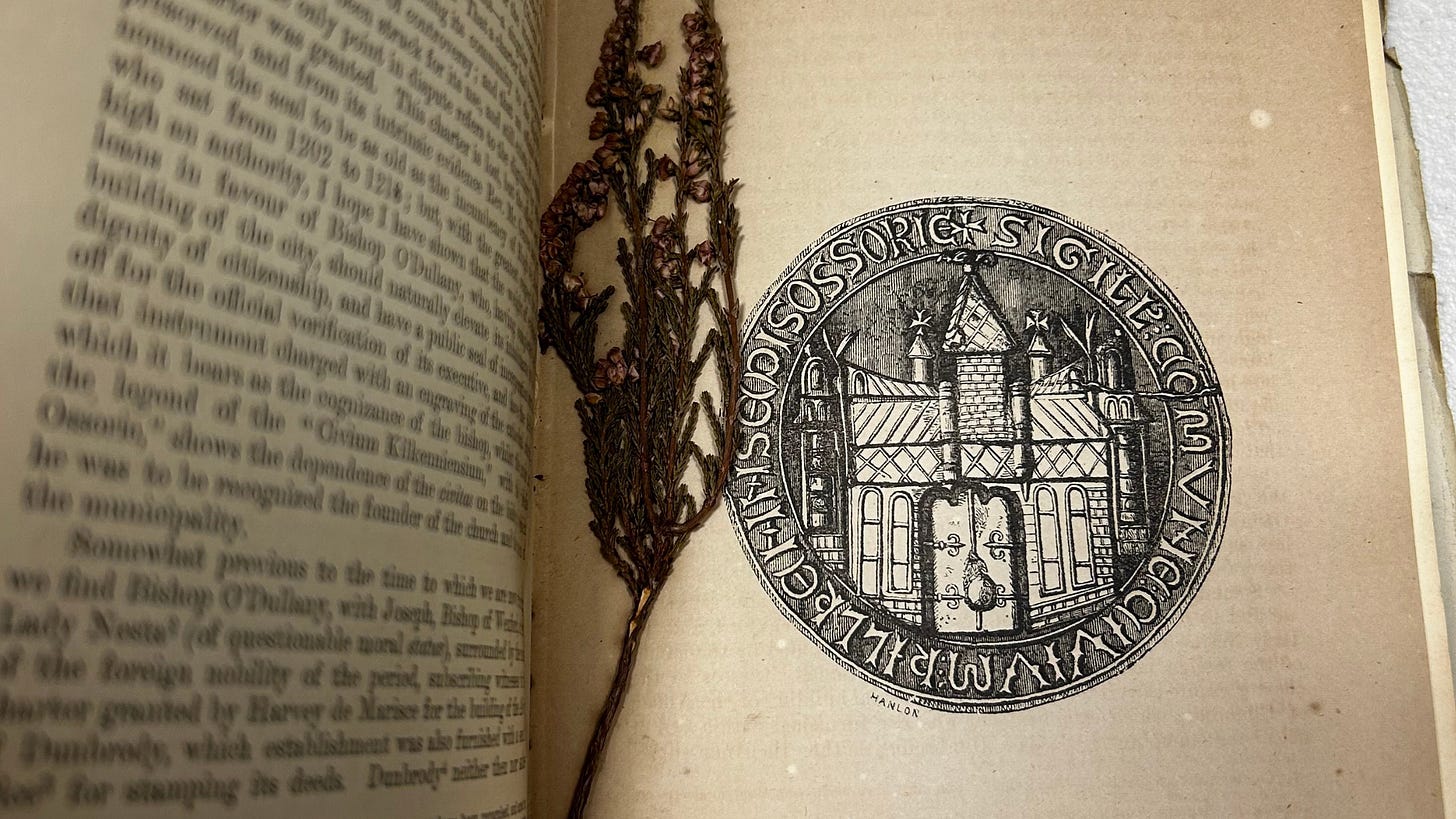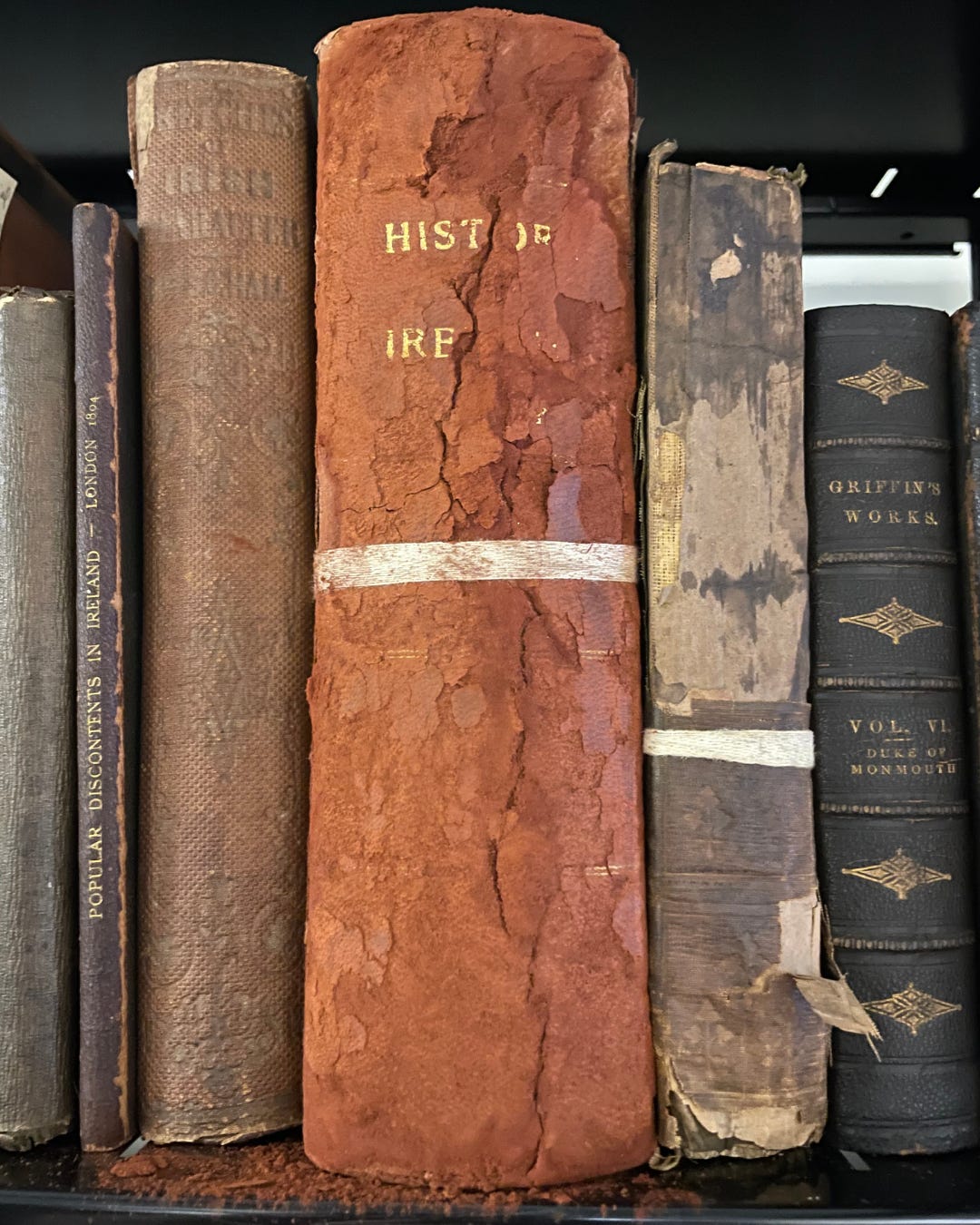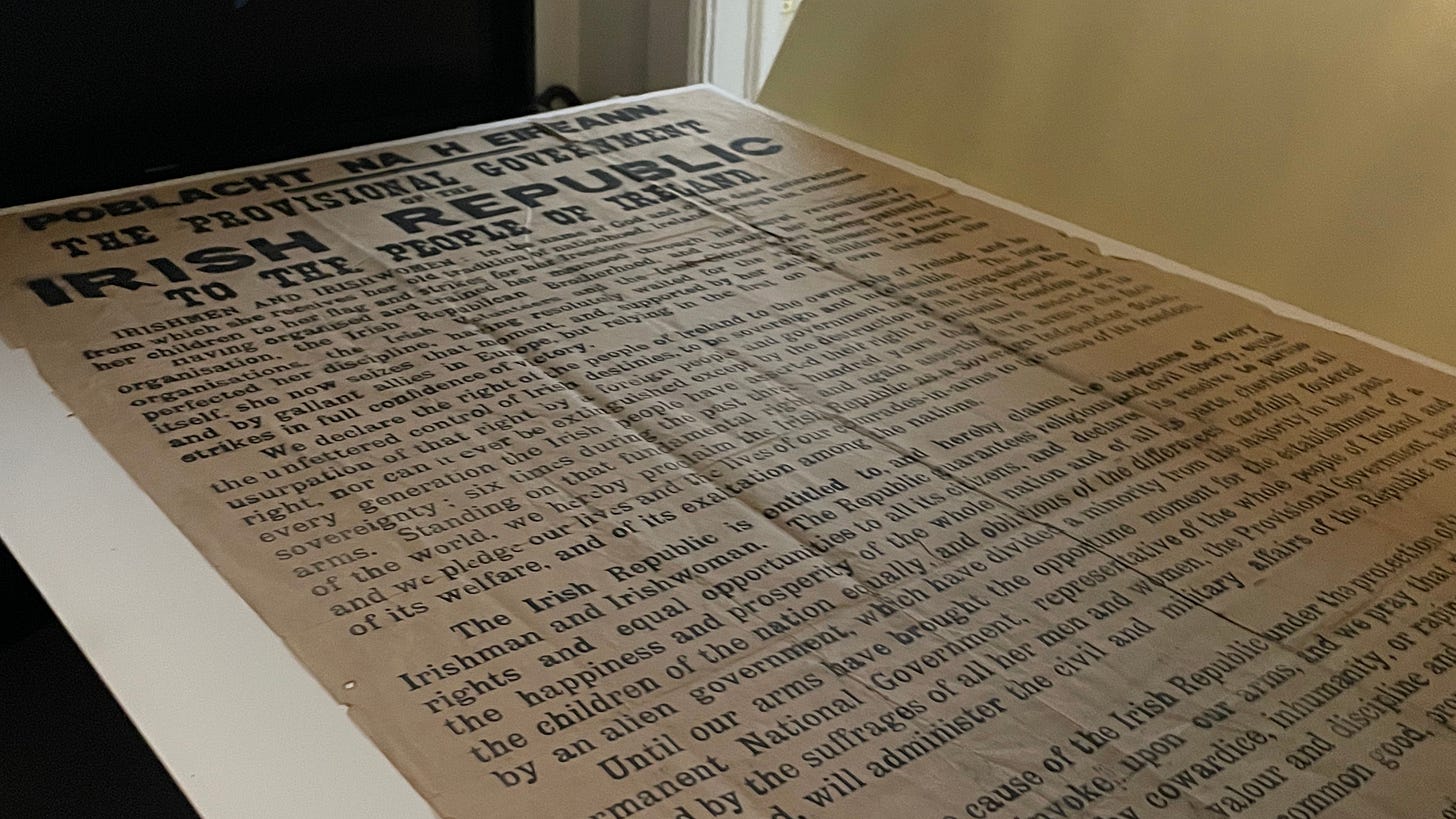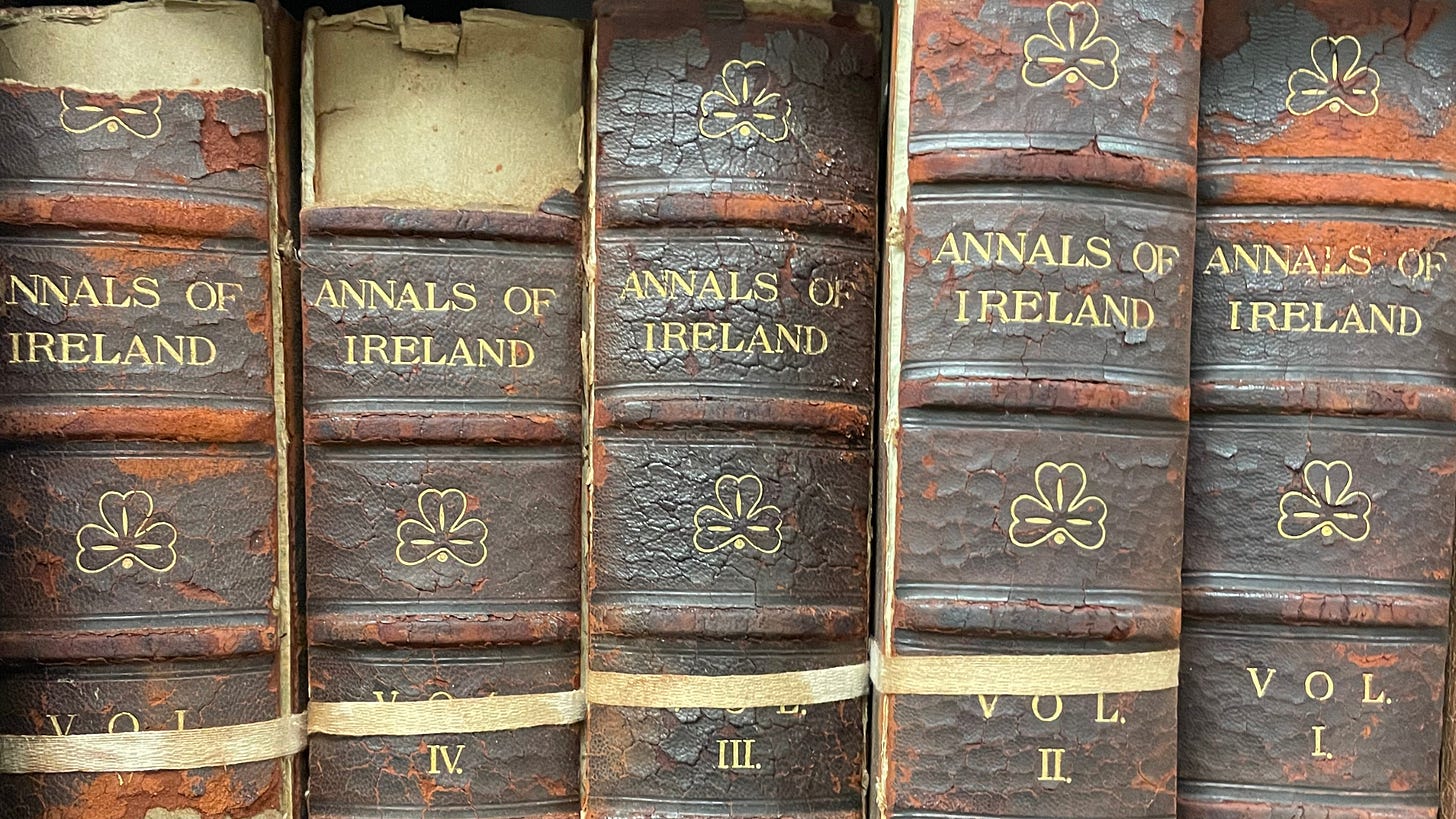An Archival Re-Awakening at the AIHS
A brief interview with archivist Mark Lindenberg at the American Irish Historical Society
I recently sat down with Mark Lindenberg, archivist at the American Irish Historical Society, to discuss the ongoing re-evaluation of their priceless collection of Irish American history.
Before and After:
Tim Morrissey: Tell us about the conditions of the archives as you found them, and what challenges you have faced cleaning them up.
Mark Lindenberg: The archives, which exist throughout the building's five stories, were in varied but generally poor condition when I arrived. Some rooms, such as our correspondence collection, were organized and relatively clean. However, there were major environmental and organizational concerns. With HVAC functions limited due to lost funds, there was a presence of mold and mildew. This, as many will know, is not something simple to fix. Additionally, countless materials were not on shelves or in boxes, meaning that these issues could easily spread. Finally, on an organizational note, there were not sufficient finding aids or catalogues. Although much of the collection had been inventoried in the past, other sections were difficult to locate and require careful cataloguing for researchers to be able to access them.
The biggest challenge has been going clearing space for the collection. Space has been taken up with photocopies of materials we already own, half-full boxes, or piles of loose electronics. Rededicating these rooms as archival spaces allows for better organization both within the museum staff and outside, for visiting researchers.
TM: Take us through some of the technical changes you’ve made to the archives since you arrived in May, and what’s left to do.
ML: With the help of interns and specialists (mold remediation, conservation, preservation), we have made great strides in stabilizing the environment. We deactivated mold during our time here and have reversed a lot of damage that may not have made it through another New York City summer.
However, I have also created a catalog that we continuously add to. The goal of this new inventory is to get an accurate assessment of our current collection, and to make this accessible to the public. By collecting metadata, we are building the framework for a searchable catalog, so that researchers can view our materials without having to arrange a visit.
TM: What are some of the gems of the archive, big and small?
ML: As someone who studies the Medieval era, my personal favorite is our first edition Irish Language Bible. Slightly later than the era that I study, it was published in the 1680s, 40 years after its (Early Modern Irish) translation was completed. This is a testament to the triumphs of Irish as a language despite pressures to suppress it.
On a smaller scale, I am very fond of the personal touches present within our collection. For instance, a book on the history of Kilkenny (published in the 1890s) hints at many stories within it. It has inscriptions from different owners, written in English, Spanish, and Irish. And when I opened the book, I found that one owner had pressed heather in it.
TM: The AIHS has traditionally served a specific constituency within Irish New York. Who do you hope to serve with the protection of these archives?
ML: The American Irish Historical Society was originally created to correct a false history of America - one that disregarded the Irish narrative. In my perspective, archives are essential to that goal because they show that history is something that is constantly created, edited, and (ideally) preserved.
To that end, I believe the protection and usage of these archives gives this community an opportunity to be active in the creation and inspection its own history. An archive should be a tool, not a detriment, to that effect. The preservation of these archives can and should serve everyone who wants to learn, create, and share in the discovery of new histories and old ones.
TM: What do you hope will be on the horizon for this vast wealth of cultural heritage?
ML: We currently have a teaser exhibit, which shows some of our collections, including the aforementioned Bible. This can be viewed through booking tours with us online.
But, in the future, I hope to have this be a space where people feel at home. With larger staffing and further work on this archival preservation, I want to see an AIHS with open doors. Exhibits that invite you in to wander, collections that you can easily search, and events that get you involved and excited.
ML: We are blessed with an incredible collection in a city that can truly appreciate it. But in order to foster that community, we have a lot of work to do to get to that point.
As it stands, we have catalogued over 1,000 materials since starting in June, presented our teaser exhibit, started heavy cleaning, and brought about a new calendar of events. In this coming year, we are thrilled to see what comes next!



